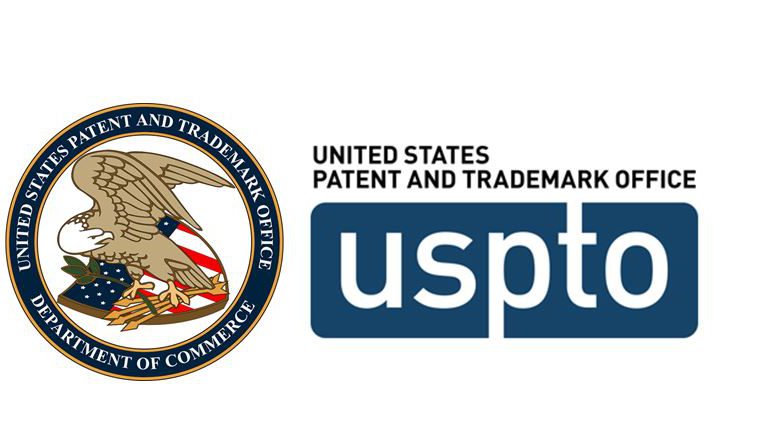USPTO Trademark Registration

New USPTO trademark registration audit has been published by Department of Commerce’s OIG.
On (United States Patent and Trademark Office) USPTO Director’s forum blog, USPTO commissioner for trademark wrote that ‘registration for U.S. trademarks are up 63% from the same period in 2020,’ 92,600 trademark applicants was received in December 2020 in USPTO, Because of this there was delay in number of stages of trademark and also pendency of 75 days for pre-examination unit of TEAS application. The US Department of Commerce’s Office of Inspector General (OIG) has published an audit, for registration of USPTO trademark, saying that it is ‘not effective’ in preventing registration of inaccurate and fraud.
This report includes no. of recommendation for USPTO:
- Develop tools to identify, unacceptable domicile address in trademark.
- Develop tools to detect and investigate U.S. licensed attorneys which are listed as high numbers of record of fraud and inaccurate trademark applicant’s registration.
- Creating framework to address fraudulent and inaccurate trademark filings.
- Developing a procedure to monitor and assess the effectiveness of efforts to improve the accuracy of the trademark registration.
The aim was to determine whether the USPTO’s trademark registration process is effective in preventing fraud by assessing the agency’s examination procedure and risk management. The Department of Commerce filed for federal protection of the USPTO’s trademarks, including its name and logo, as part of ongoing anti-fraud efforts.
Report outlines four key findings, which are critical of the USPTO’s trademark registration process:
- “Lacks control” to effectively enforce the US counsel rule
- Does not “ensure accurate identification of goods and services”
- “Lacks a comprehensive fraud risk strategy”
- Has “approved trademark filings with digitally altered or mocked-up specimens”
USPTO is expected to adopt the new Trademark registration process in response to the OGI report, but must be careful while doing so. Trademark protection will be more costly, and if it is more costly, it will harm applicants or boutique practices.